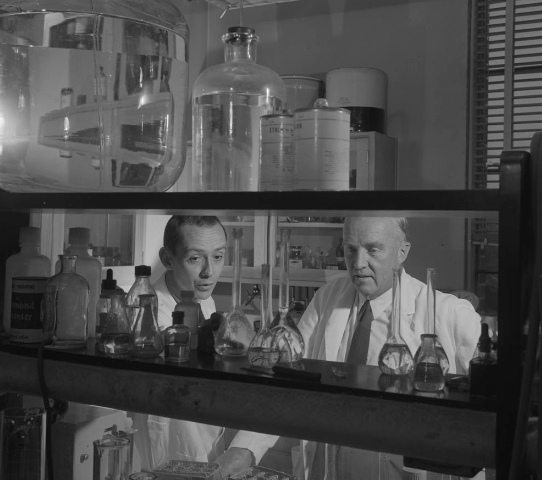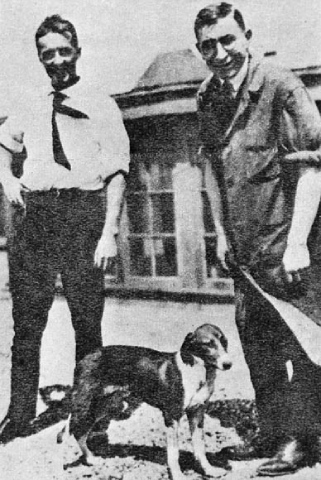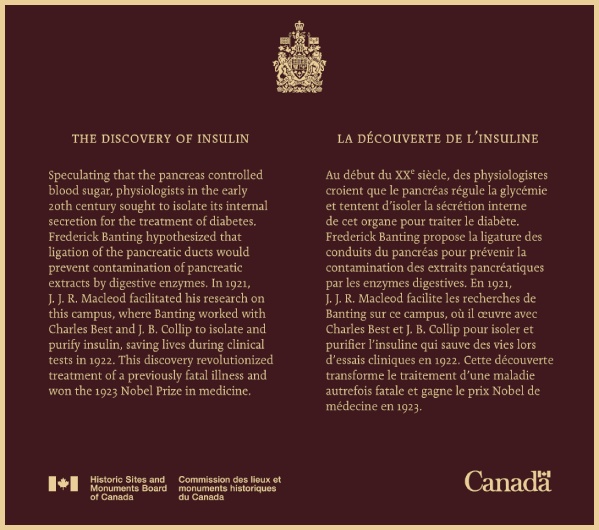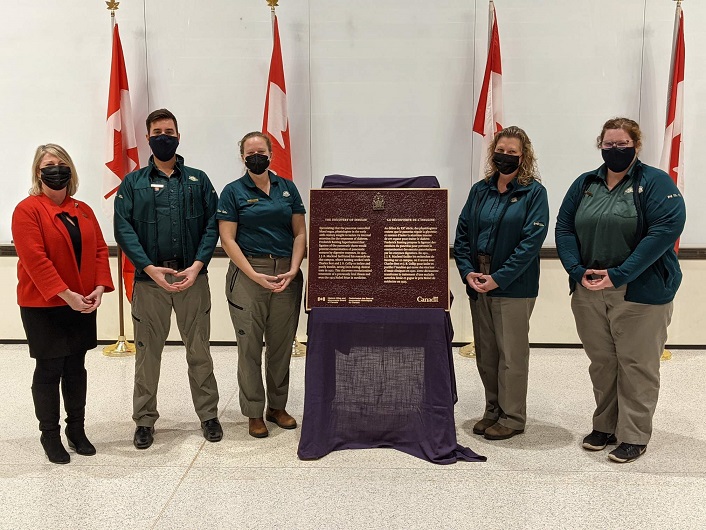Discovery of Insulin National Historic Event

© Library and Archives Canada / National Film Board fonds / e011177237 / Copyright: Expired
The Discovery of Insulin was designated as a National Historic Event in July 2017.
Historical importance: The discovery of insulin is the most celebrated Canadian medical discovery of the 20th century.
Commemorative plaque: Toronto, ON
Speculating that the pancreas controlled blood sugar, physiologists in the early 20th century sought to isolate its internal secretion for the treatment of diabetes. Frederick Banting hypothesized that ligation of the pancreatic ducts would prevent contamination of pancreatic extracts by digestive enzymes. In 1921, J. J. R. Macleod facilitated his research on this campus, where Banting worked with Charles Best and J. B. Collip to isolate and purify insulin, saving lives during clinical tests in 1922. This discovery revolutionized treatment of a previously fatal illness and won the 1923 Nobel Prize in medicine.
The Discovery of Insulin
Until the early 20th century, diabetes was a death sentence for many people, especially children: patients either starved from the prescribed low-calorie glucose-free diet, or died of the disease’s complications. This changed when a Canadian team of researchers – Frederick Banting, Charles Herbert Best, John J.R. Macleod, and James Bertram Collip – discovered a treatment. In 1921-22, through research facilitated by Macleod on the University of Toronto campus, Banting, Best, and Collip succeeded in isolating and purifying pancreatic extracts that contained an effective anti-diabetic agent, free from contamination from digestive enzymes. They successfully tested the purified pancreatic extract, called insulin, on diabetic patients at Toronto General Hospital, and presided over its development in treating innumerable patients, saving lives around the world and revolutionizing treatment for the once-fatal disease of diabetes.

© Library and Archives Canada / C-001350 / Copyright: Expired

© Canada Post Corporation, 1971
In 1921, physician Frederick Banting was inspired to extract an internal secretion from the pancreas to treat diabetes. He approached John J.R. Macleod, Associate Dean of Medicine at the University of Toronto and Director of the Physiological Laboratory. An expert on glucose metabolism, Macleod was sceptical because the idea had been unsuccessfully tried before and Banting lacked a background in the field of endocrinology. Despite his doubts, Macleod assigned Banting laboratory facilities and a research assistant, Charles Best, who had just completed a bachelor’s degree in physiology and biochemistry.
Banting and Best began conducting their experiments in May 1921. Macleod later added biochemist James Collip to the research team, whose expertise was critical to producing an extract of the pancreatic enzymes pure enough to be useful as a drug. Human clinical trials in 1922 at Toronto General Hospital were a success, making headlines around the world.

Banting and Macleod received the 1923 Nobel Prize for Physiology or Medicine for their work, and they shared their prize money with Best and Collip. There were longstanding tensions between Banting and Macleod over who deserved credit, but all four men made key contributions. The discovery of insulin provided a boost to medical research in Canada, as patent royalties from insulin funded new facilities and research programs. For many years afterwards, the University of Toronto supervised insulin production and licensed manufacturers. The university’s Connaught Laboratories remained Canada’s major supplier of insulin into the 1980s. Arguably one of Canada’s greatest contributions in the area of medical research, the discovery of insulin completely transformed the treatment of diabetes, saving millions of lives worldwide.
The National Program of Historical Commemoration relies on the participation of Canadians in the identification of places, events and persons of national historic significance. Any member of the public can nominate a topic for consideration by the Historic Sites and Monuments Board of Canada.
Related links
Related information about this designation
- This week in history: The Discovery of Insulin
- Heritage minutes: The Discovery of Insulin (Historica Canada)
More information on the commemorative plaque unveiling ceremony
- News release: Government of Canada commemorates the discovery of insulin on 100th anniversary of this life-saving medical breakthrough
- Facebook post: Plaque unveiling announcement on November 12, 2021
- Facebook post: Plaque unveiling ceremony broadcasted on November 12, 2021
- Twitter post: Plaque unveiling announcement on November 12, 2021
- Twitter post: Plaque unveiling ceremony broadcasted on November 12, 2021
- Date modified :
